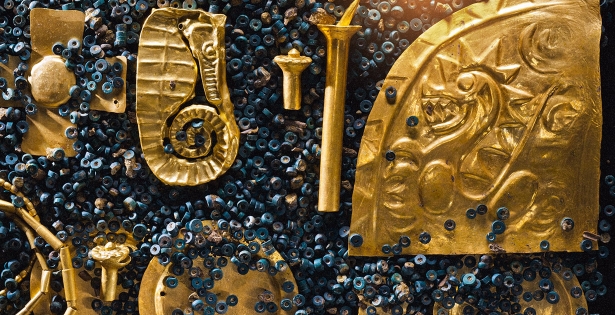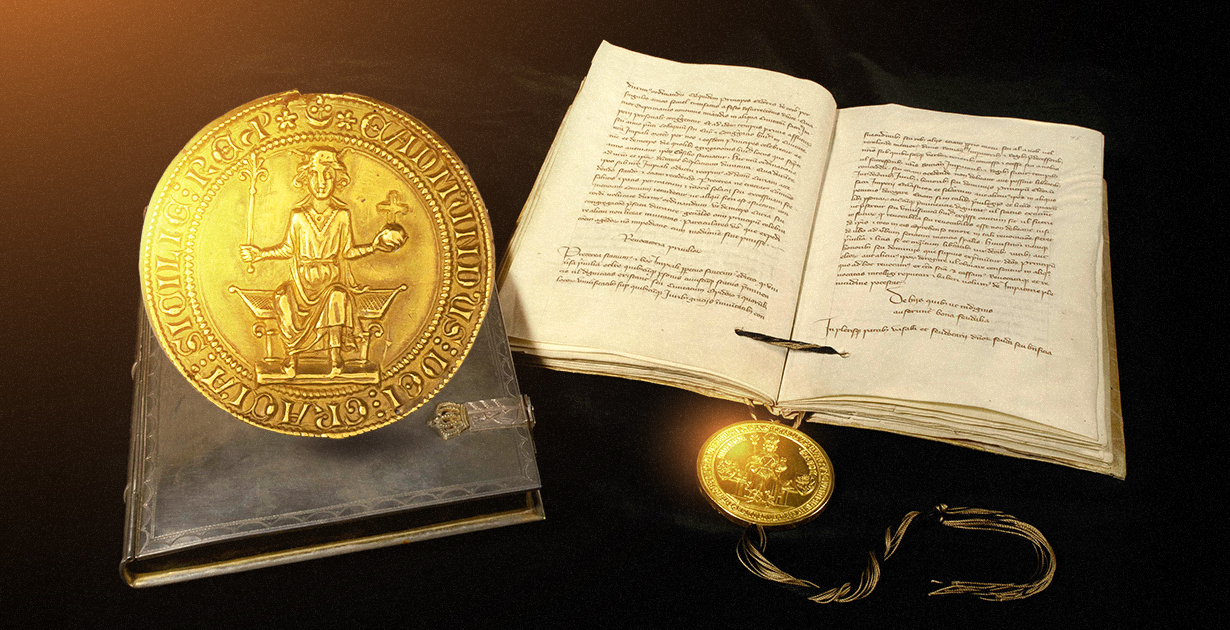
The golden bulla: history, culture, medieval laws
The golden bulla (bull) has its roots in the cultures of Western Europe and Byzantium. It was a two-sided seal, with which the monarchs sealed the most important medieval laws. The document itself was also referred as the golden bulla.
It was originally used by the Byzantine emperors. In the document, that was prepared in advance by the royal scribes, the king himself added some final lines in red ink. Then he signed the report by putting a special stamp on it.
Let’s review the most well-known legal documents that were sealed with golden bullas.
The Golden Bull of Sicily
In 1212, the Holy Roman Emperor issued three gold-sealed decrees confirming the hereditary royal title of the King of Bohemia. At that time, Emperor Frederick II had no signet of his own and used the seal of the monarch of Sicily - also one of his titles. A bull (in Latin: bula) was depicted on it.
The documents served as a permission to transfer the Czech crown by inheritance and legalize the borders of the Czech state (Bohemia). Ottokar I of Bohemia obtained the royal title for having supported Frederick II in his struggle for power and attempts to usurp the throne.
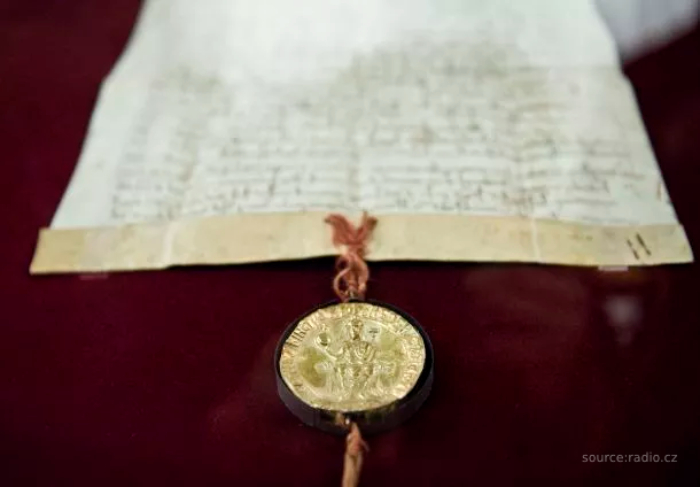
In the photo: the golden Sicilian bulla confirmed the right of the Czech Republic (back then: Kingdom of Bohemia) to independence.
The Golden Bull of 1222
It was one of the first documents with golden seals, addressing the limitation of monarchical power. In 1222, it was issued and signed by King Andrew II of Hungary, after the vassals almost rebelled because of facing endless oppression and rancor. The golden bulla proclaimed the exemption of knights from taxes, their service obligations confined to the borders of the kingdom, and even the right of knights to revolt if the ruler breached his obligations.
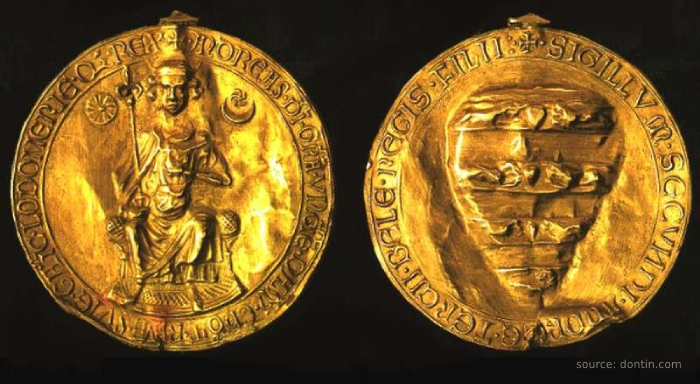
In the photo: the Hungarian bulla freed the feudal lords from the mandatory financing of the crusades.
The Golden Bull of Rimini
In 1226, Emperor Frederick II permitted the head of the Teutonic Order to conduct military and missionary activities in Prussia. This document empowered the order to spread Christianity and seize lands from local princes. The charter was signed on March 26 in the city of Rimini, Italy. Its authenticity was confirmed by the gold seal.
The Golden Bull of Charles IV (1356)
The most famous document in the history of the reign of Emperor Charles IV. The Latin version was issued in 1356 by the council of the Holy Roman Empire and approved by the Imperial Diet within the same year. The bulla regulated the interstate relations of feudal lords.
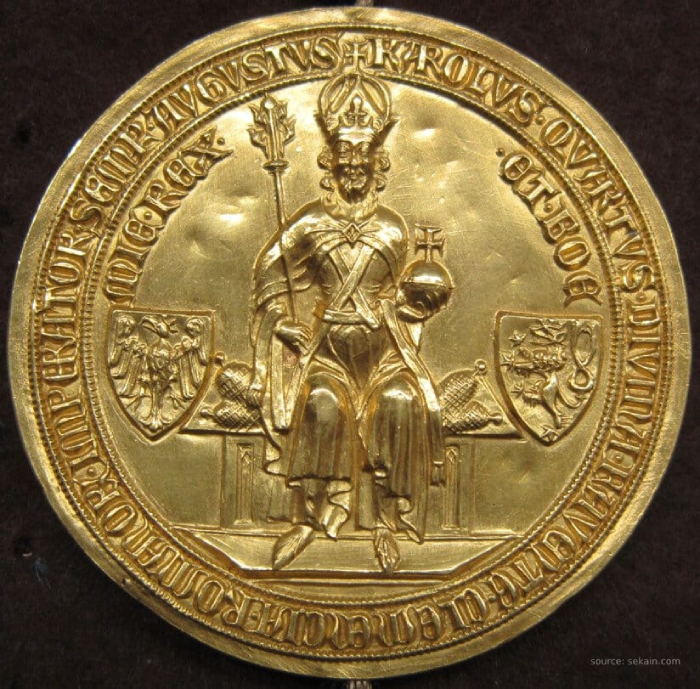
In the photo: the imperial gold seal of the famous treaty.
The decree recognized the complete independence of the dukes, allowed wars between the feudal lords, abolished the allied treaties. The election of a new Emperor was now assigned to the prince-electors of the Empire, they were even allowed to mint their own gold coins.
The Papal Bull
The Bishop of Rome also sealed his decrees with similar two-sided bullas, but they weren’t made of gold. The papal papers were sealed with lead stamps and ribbons of different colors. The yellow or red silk ribbons stapled the decrees giving an official papal blessing, but the gray ribbon wasn’t a good sign, since it usually didn’t bode well for the addressee.
Read also:



